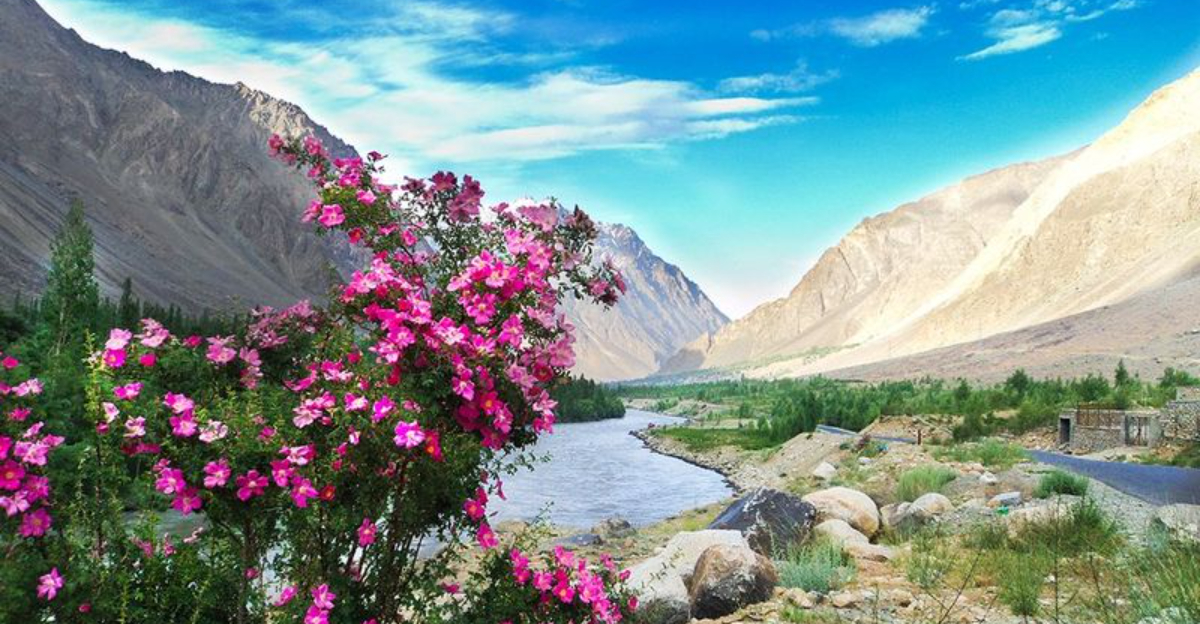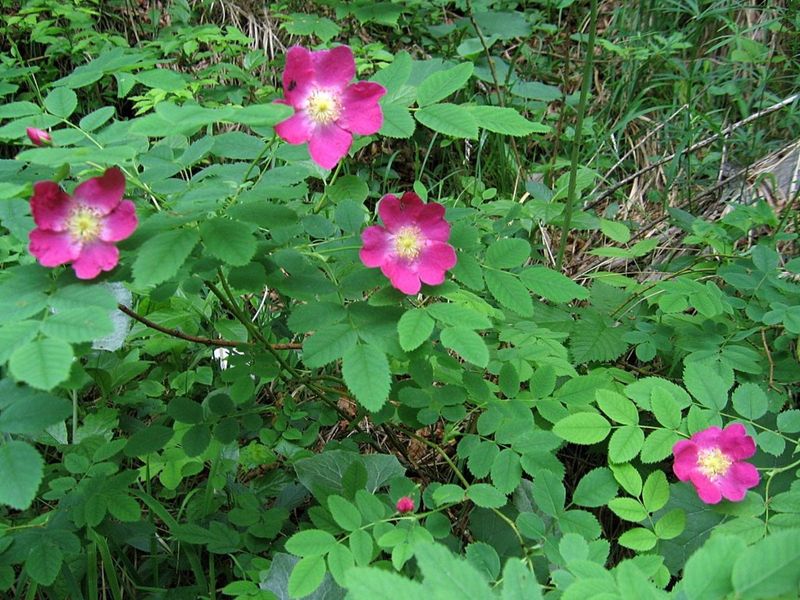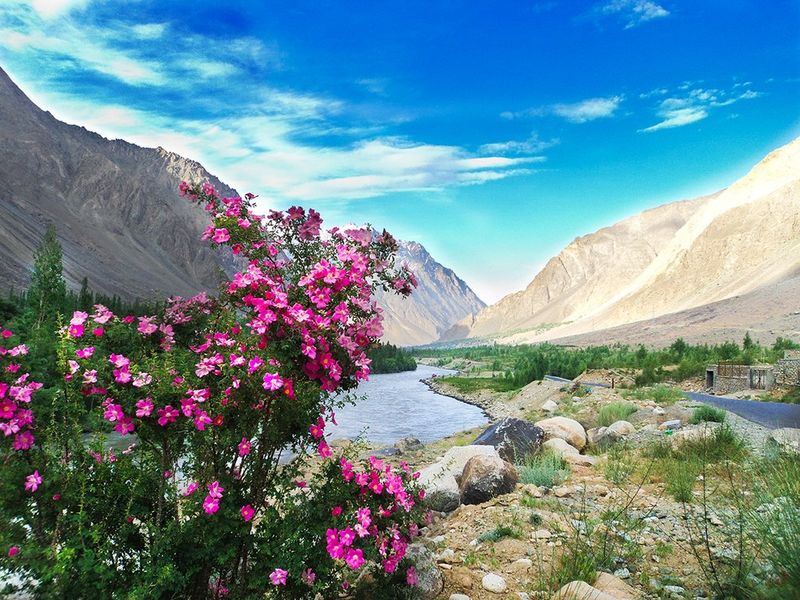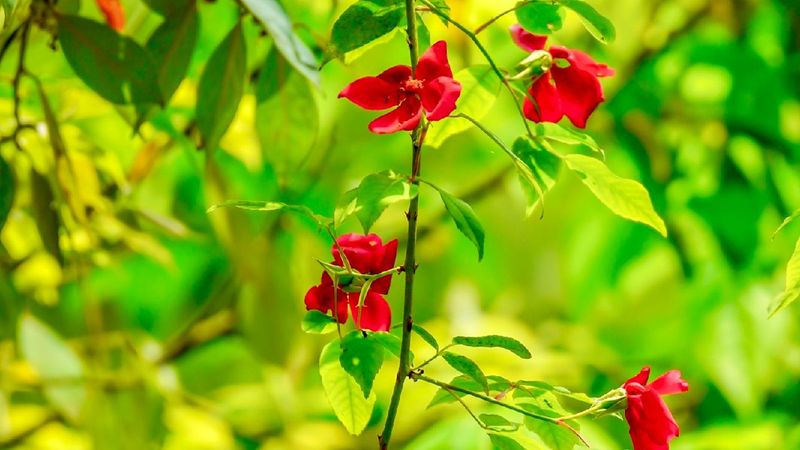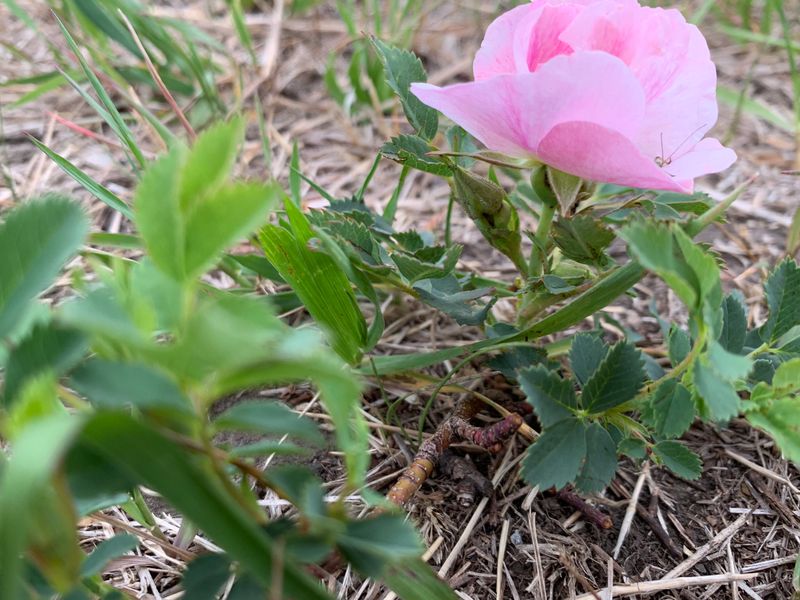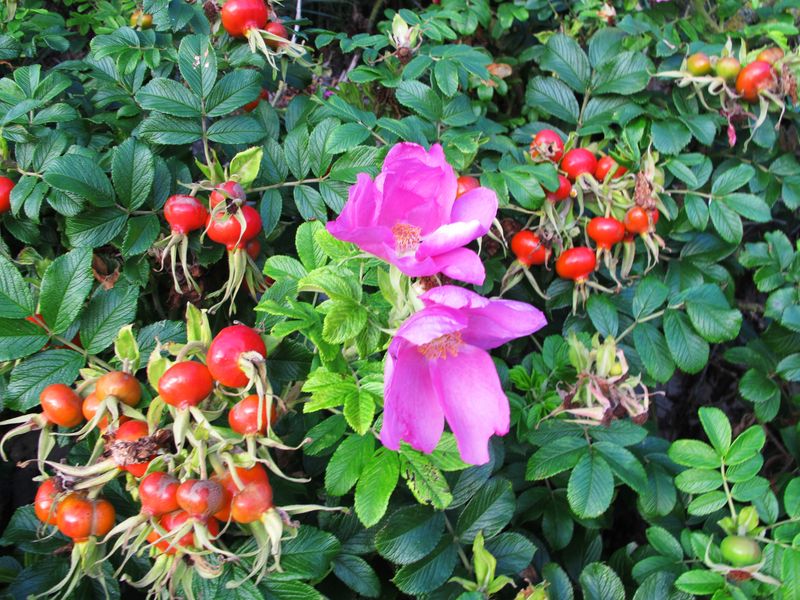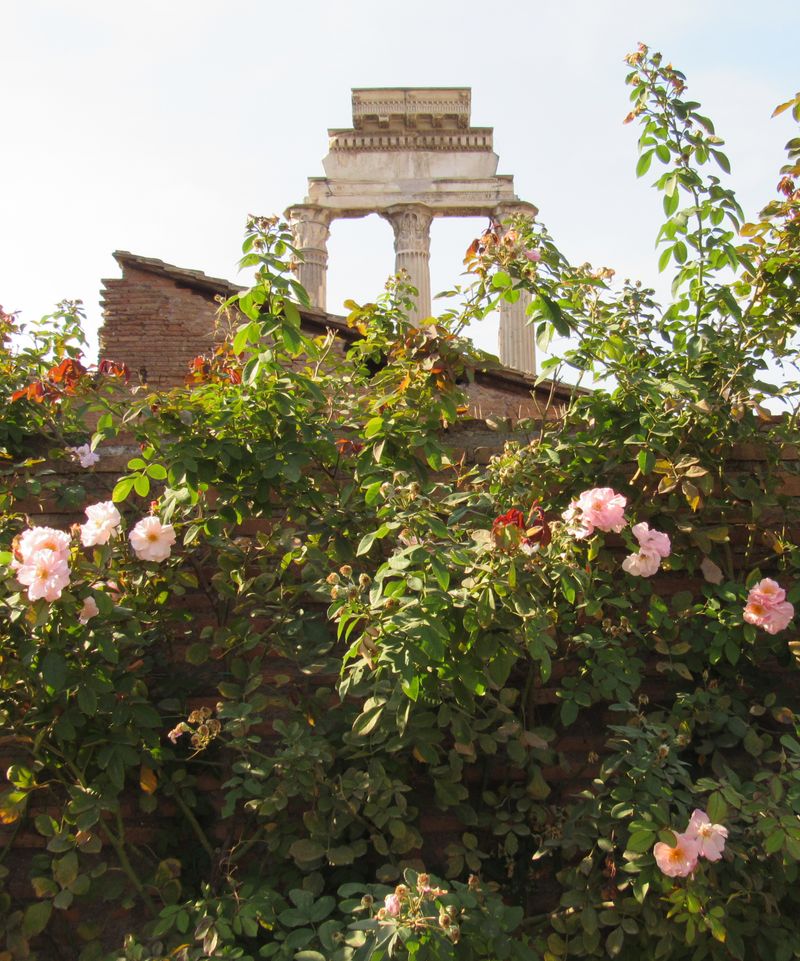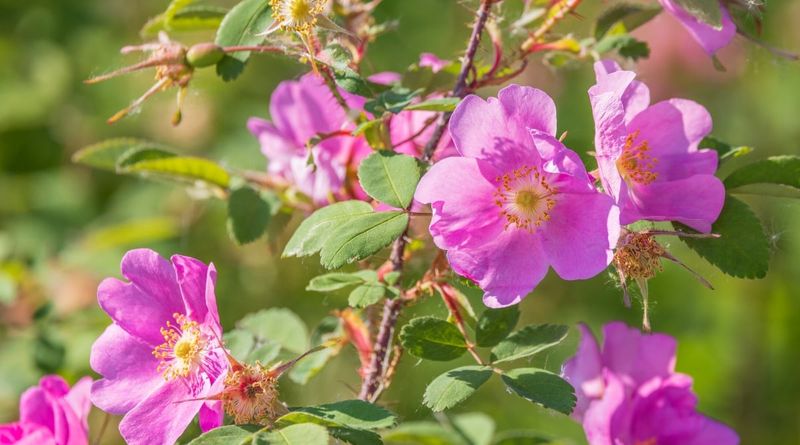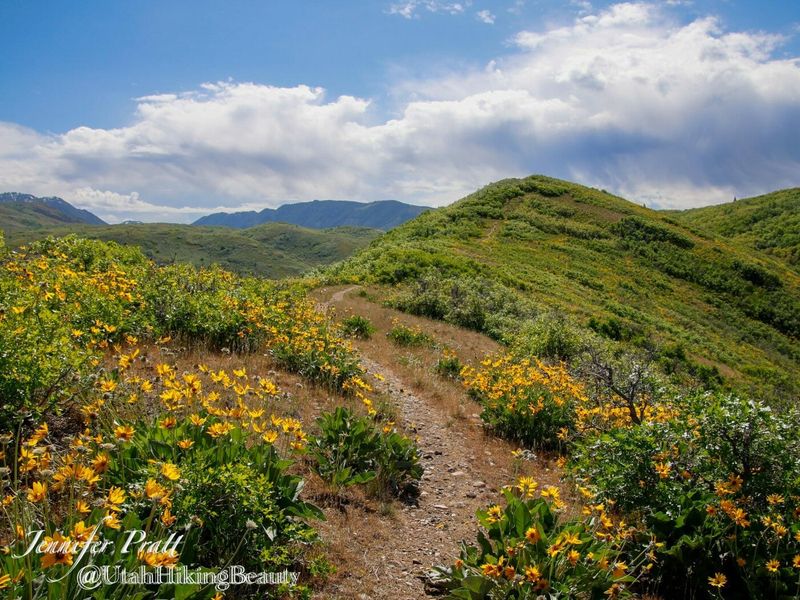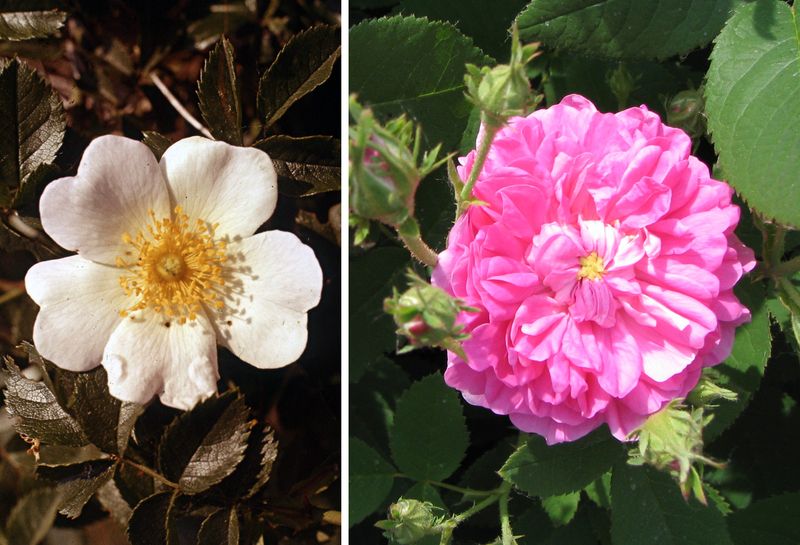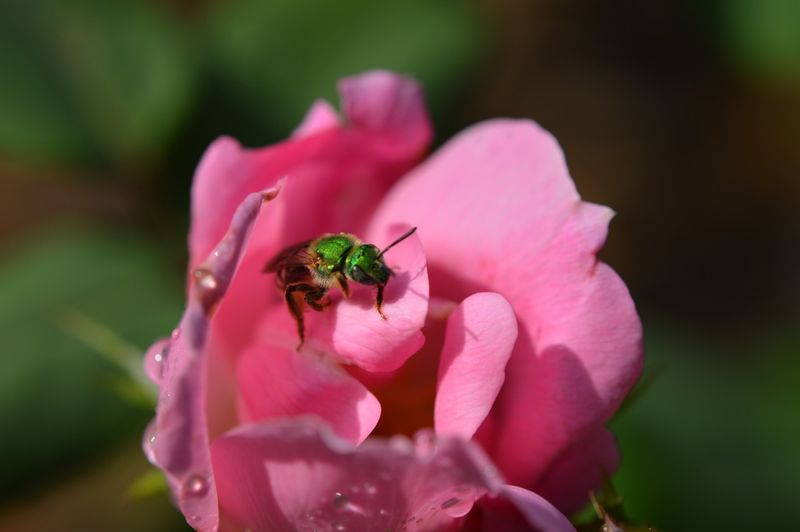Explore the diverse and fascinating world of wild roses as we take you on a journey from rugged alpine terrains to serene valleys. Each species tells a unique story of resilience, adaptation, and beauty.
From the hardy varieties thriving in high altitudes to the hidden gems of secluded valleys, discover how these roses flourish in their natural habitats.
Learn about their ecological significance, cultural legends, and conservation efforts aimed at preserving these wild treasures.
1. Alpine Roses
High in the alpine regions, wild roses stand as symbols of resilience. These hardy species survive in rocky terrains, adapting to cold climates and thin soils. Their roots penetrate deep crevices, finding moisture where little exists.
Adaptations such as thick leaves protect against harsh winds, while their vibrant blooms attract the few pollinators brave enough to venture this high. Witnessing these roses in bloom is a reward for those who trek the challenging paths. Their presence reminds us of nature’s incredible ability to thrive against odds, painting colors where one least expects.
2. Valley Bloomers
In hidden valleys, wild roses bloom in secluded beauty. These areas offer unique microclimates that affect growth and flowering cycles, creating a lush paradise for these blooms.
Cooler temperatures and sheltered conditions allow for longer flowering periods. The isolation provides a refuge from harsh elements, allowing these roses to display their full splendor.
Visitors to these valleys find themselves immersed in a floral wonderland, with each rose telling a story of the unique conditions that nurture its existence. It’s a testament to the diverse environments where wild roses can flourish.
3. Endangered Species
Some wild roses face the threat of extinction due to habitat loss and climate change. These rare species are often confined to specific areas where conditions suit their needs.
Conservation efforts are vital, with initiatives focusing on habitat restoration and protection. Scientists and volunteers work tirelessly to monitor these populations, ensuring their survival for future generations.
These roses not only represent botanical diversity but also the urgent need to preserve our natural world. Awareness and action are key to safeguarding these irreplaceable wild treasures, ensuring they continue to grace our landscapes.
4. Adaptations in the Wild
Wild roses exhibit fascinating adaptations to survive in their natural habitats. Variations in thorn size and leaf structure are evident, serving as defenses against predators and harsh weather.
These adaptations are crucial for their survival, allowing them to thrive in diverse environments. The thorns deter herbivores, while leaf modifications help minimize water loss in arid conditions.
Observing these features offers insight into nature’s ingenuity. Each adaptation tells a story of the challenges wild roses face and their incredible strategies for overcoming them. It’s a celebration of evolutionary creativity in the plant world.
5. Foraging and Edible Uses
Foraging for rose hips is a rewarding experience, especially in late fall and early winter. These nutrient-rich fruits of wild roses are prized for their culinary uses.
From teas and jams to syrups, rose hips offer versatile flavors and health benefits. Their high vitamin C content makes them a popular natural remedy.
Exploring these uses connects us to age-old traditions. As you gather these vibrant fruits, you’re participating in a timeless practice that appreciates the bounty of wild roses. Sharing recipes and tips can enhance this enriching experience.
6. Cultural Legends and Folklore
Wild roses often feature in cultural legends and folklore across various regions. Their beauty and resilience have inspired countless tales, symbolizing love, passion, and mystery.
In some cultures, wild roses are believed to hold magical properties, appearing in stories that transcend generations. These myths enrich our understanding of the cultural significance surrounding these blooms.
Exploring these legends offers a window into the values and beliefs of different societies. It’s a reminder of how deeply intertwined nature and culture are, with wild roses serving as enduring symbols in human storytelling.
7. Habitat Importance for Wildlife
Wild roses play a crucial role in supporting local ecosystems. Their flowers provide nectar for pollinators like bees and butterflies, essential for maintaining biodiversity.
Beyond pollinators, wild roses offer shelter and food for small mammals and birds. Their dense thickets create habitats that support a wide range of wildlife.
Understanding their ecological contributions emphasizes the importance of preserving wild rose habitats. Protecting these areas ensures that the intricate web of life they support remains intact, benefiting both flora and fauna in the ecosystem.
8. Hiking and Tracking Wild Roses
Hiking through regions where wild roses grow offers a rewarding experience for nature enthusiasts. Spotting these blooms requires awareness of their preferred habitats—rocky slopes, forest edges, and valley floors.
Spring and early summer are ideal times to witness their peak blooms. For those interested in foraging, late fall is perfect for harvesting rose hips.
Equipped with a guidebook, hikers can identify various species and appreciate their beauty. This activity not only promotes physical well-being but also fosters a deeper connection with nature, encouraging conservation-minded thinking.
9. Wild vs. Cultivated Roses
Wild roses differ significantly from their cultivated counterparts. While garden roses are bred for specific traits, wild species thrive naturally, displaying diverse shapes and colors.
Horticulturists value wild roses for their genetic diversity, using them to breed stronger, disease-resistant varieties. This practice underscores the importance of wild species in enhancing cultivated roses.
Understanding these differences enriches our appreciation of both types. Each offers unique beauty and value, contributing to the rich tapestry of the rose family. It’s a harmonious balance of nature and human influence in horticulture.
10. Conservation and Citizen Science
Conservation efforts for wild roses benefit greatly from citizen science projects. Enthusiasts and researchers collaborate to document populations and health, contributing valuable data.
Joining local nature groups or online communities provides opportunities to participate in these initiatives. Such involvement fosters awareness and action towards preserving wild roses.
By engaging in these projects, individuals help monitor habitats and identify threats. This collective effort is crucial for the preservation of wild rose species, encouraging a shared responsibility in protecting our natural heritage for future generations.
